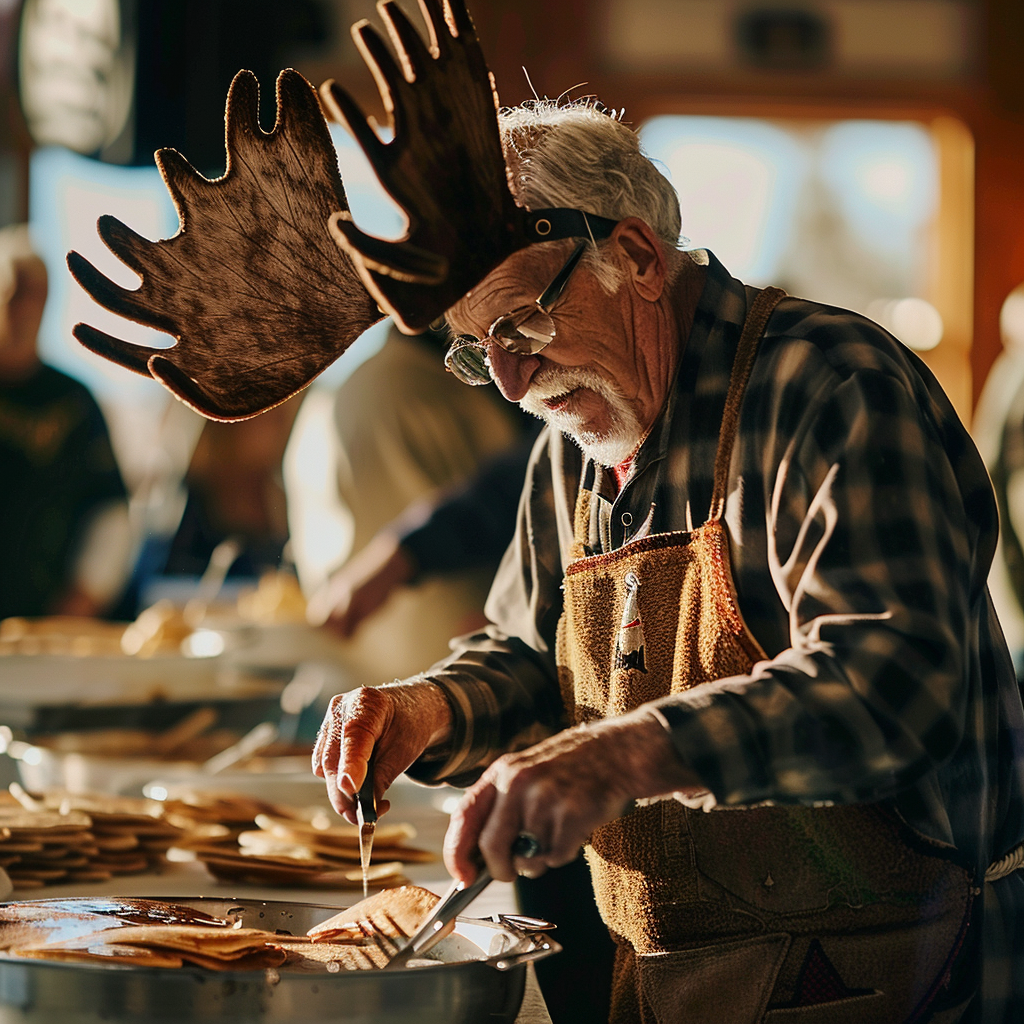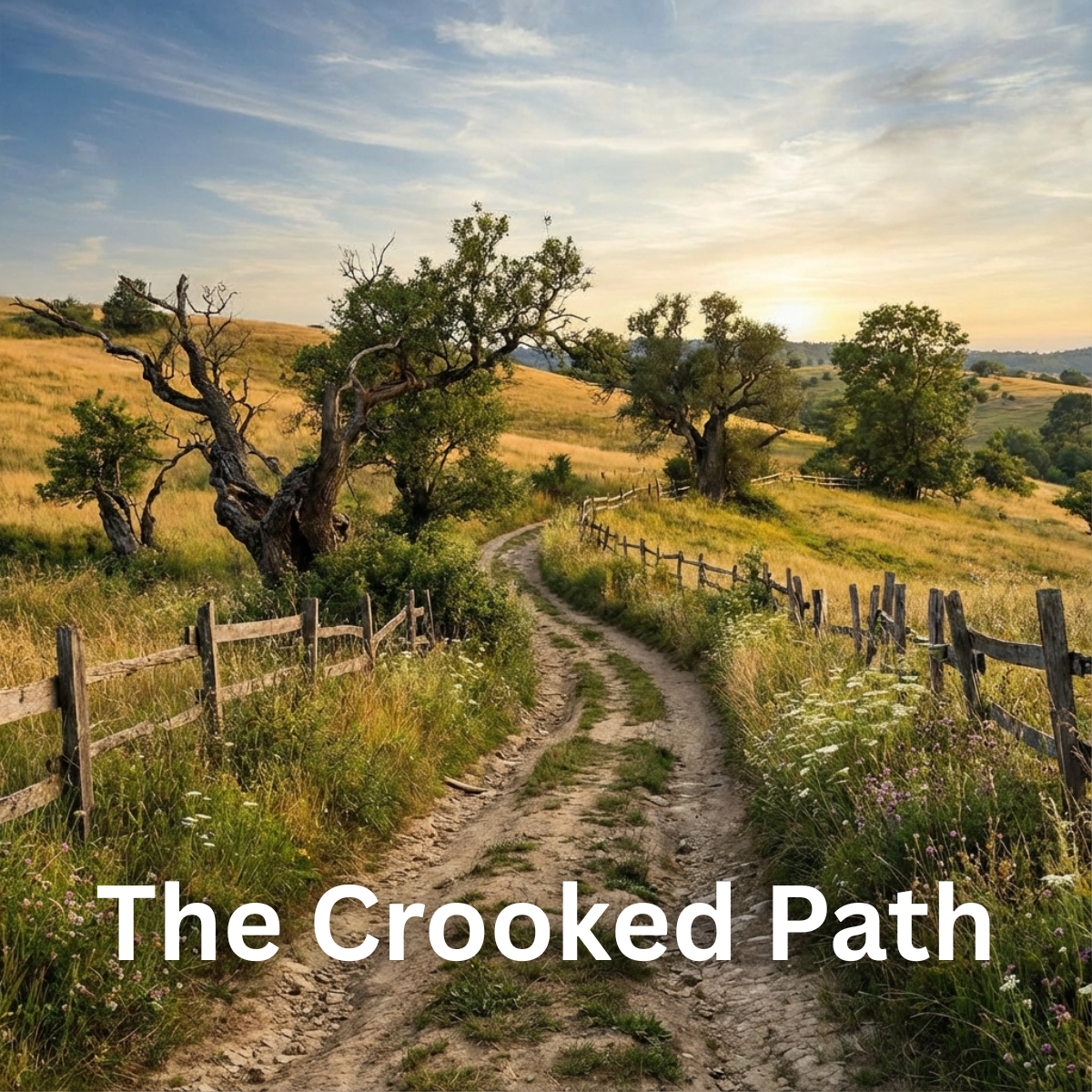Last night driving home from a graduation, we noticed a Moose Lodge. My son asked me what a Moose Lodge was, and I described what I remember growing up about groups, clubs, and fraternal orders that were established for men and women. This was yesterday’s social media. A quick internet search in the car landed on a few pages about the Loyal Order of the Moose, which has been around for a long time. It was founded in, you guessed it, Mooseheart, Illinois, in 1888. Some very famous people were members, including Presidents, Politicians, Actors, and Athletes. My son read some details on some of the ceremonies they perform, pacts of secrecy, and recitations of rules and songs representing the order. We should not be quick to dismiss these things of the ceremony, as they could be a storage vehicle of great value.
Reflecting on Rituals and Symbolism
After all, we were driving back from a graduation ceremony at a major University where they were bestowing Masters and Doctors of various professions. If you stop and think about those ceremonies of pomp and circumstance, they are equally strange. At one point, they gave an honorary doctorate degree and, as part of that process, performed what is called a “hooding.” Were they placing a multicolored collar with a long draping and quite an unusable hood over someone’s head as part of the acceptance of the person as a doctorate representative of the school? If you think about all the various things we do to celebrate in life, they are full of ceremony. Just because one society does something strange to us does not make it any less meaningful. We do some interesting things in our everyday society that, from the outside, would look awfully weird.
The Longevity of Traditions
Pondering this further, I realized what an incredible amount of vitality a practice must have to last hundreds, if not thousands, of years. The symbolism, the practice itself, and the meaning attached must be really powerful to survive the test of time and the changing social opinion, moods, and definitions of what is acceptable. I am writing this article, and I have a ritual that I have built as part of the process. I flow my writing and ideas, and my method of doing this is the same manner every day. What started as a habit, writing consistently every day has become a ritual. I surround the practice with familiar things that I do in order to focus my mind, clear my thoughts, and allow me to think freely and openly. I do not want to allow myself to pass judgment on my abilities because that would thwart my effort all too quickly. I also want to be open to ideas and to allow myself to ponder and consider how those apply to my life. As a consequence, I have developed a sequence to the process. It involves running, what I prepare to drink, and even how I put on and remove my shoes has become ritualistic. So, the habit has become a ritual.
Personal Rituals and Their Evolution
I am starting to get a vision of how the ceremony begins. Let’s say I keep this daily writing exercise up for the next 50 years if I live that long. As I do so, I get more and more people to help me. Pretty soon, I have a tribe of several people aiding me in my process. After 50 years, there became an organization to support this, and my rituals became more defined, well-rehearsed, and mimicked. After I pass away, the process continues, taking on its own direction and pretty soon, people have forgotten the original intent. They forget why I have to make my favorite morning green drink and sit quietly on a bench and stir the mixture slowly with a specific type of spoon. Now, this is repeated and refined. 100 years later, if the organization survives, there is this really strange process of sitting under a citrus tree, it has to be citrus, and sitting on a wooden bench. The bench has to be wood, as that produces the correct energy, and then you must stir a special mixture with a small porcelain spoon. You must hold the cup in the left hand and stir only in a clockwise fashion with the right. No one remembers why this is done or why it has to be a porcelain spoon. All that meaning is lost, they just know that before they start writing for the day, they must sit quietly by a citrus tree and stir a drink.
Imagining Future Ceremonies
At this point, after more than a few hundred years of repetition by a large body of people, this little habit I created became a ceremony. I do not believe this will actually happen, I am just illustrating a key piece of data. Ceremony, no matter how ridiculous it seems, it founded in intrinsic value. It holds the value. You see, if someone sits quietly and goes through all these motions, they will be able to clear their mind, and that is the important point. Clear your mind before engaging in free-form writing. That is the important part, and you will notice that the ceremony holds that value, and the practitioners still gain the benefit. Now, this is just one small element that I am picking on. Still, in real examples of the ceremony, the strange practices usually embody multiple critical and valuable benefits that are not noticeable at first glance. However, contained in each action, each ritual and each stage of the ceremony are reminders, suggestions, and assistance in achieving the attended purpose of the ceremony.
The Impact of Rituals on Individuals and Communities
That graduation ceremony is intended to create separation, prestige and a reminder of how important loyalty, aspiration, and camaraderie are in your chosen professional field. It symbolizes the advancement to a unique and special class of scholars that deserves respect but also demands that you defend the community of like-minded professionals. I would not be too quick to dismiss the fancy ribbons, funny hats, strange robes, and completely impractical hoods. This ceremony holds meaning that transcends the ridiculous nature of the garb and permeates our understanding of what is happening and the respect that scholars of this nature deserve. I have only met a few Moose Pilgrims, but I can tell you this. The ones that I have met have usually been kind people devoted to a life of service. They tend to be at charity drives and events in their local community and they are rather happy doing it. I saw one man wearing a large moose hat around a community event. Who wouldn’t be happy wearing moose ears at a social gathering? We may think all the rituals and ceremonies that an order such as this is strange and perhaps even a bit comical, but clearly, there is some merit in long-held practices. They do seem to produce dedicated, well-rounded, and amazing people.





Funny, I was trying to look up what the symbolic meaning was on the masters/doctorate gowns during the ceremony but my phone service wasn’t working. I sat there pondering all the rituals/symbolic gestures were going on all around me, and I knew nothing. When I got off the stage, there was a professor standing there and proceeded to turn me around and then she turned my hood inside out. I told her thank you, although I wasn’t sure what I was thanking her for, and she turned me around and said “it is my honor!”
Amazing that somewhere a long time ago, all of this had some very symbolic meaning and it has lasted the test of time all these years.
Now, I must go a learn about all of this meaning.
Thank you for reminding me. ♥️